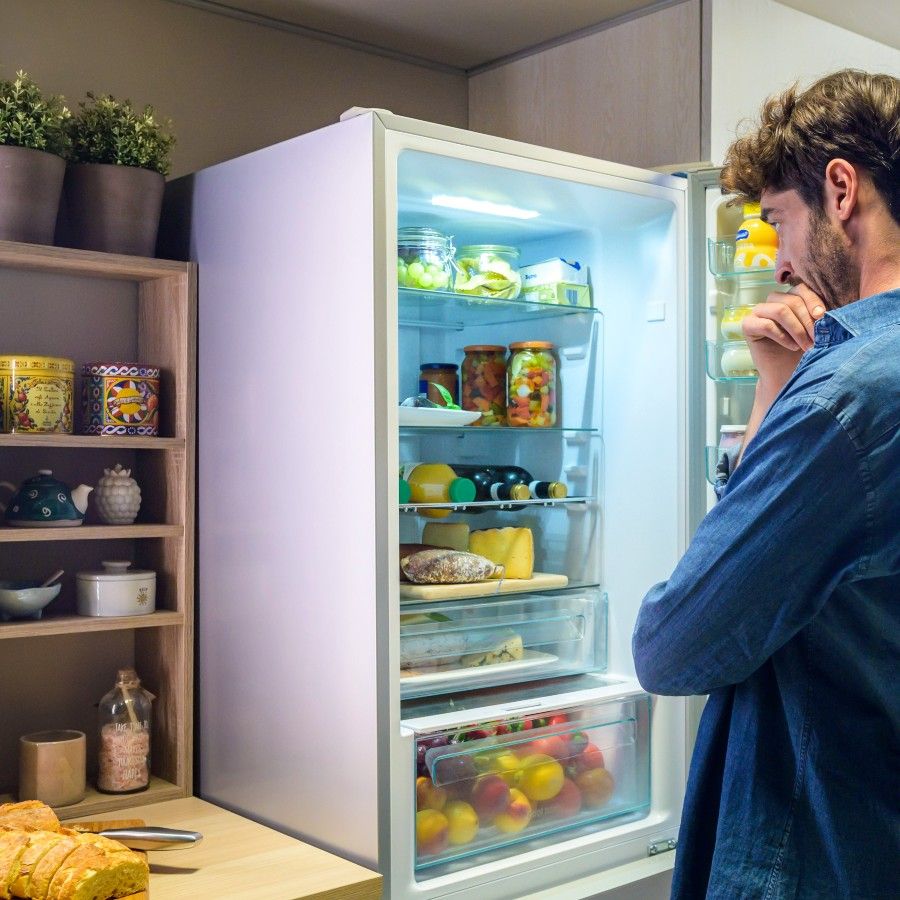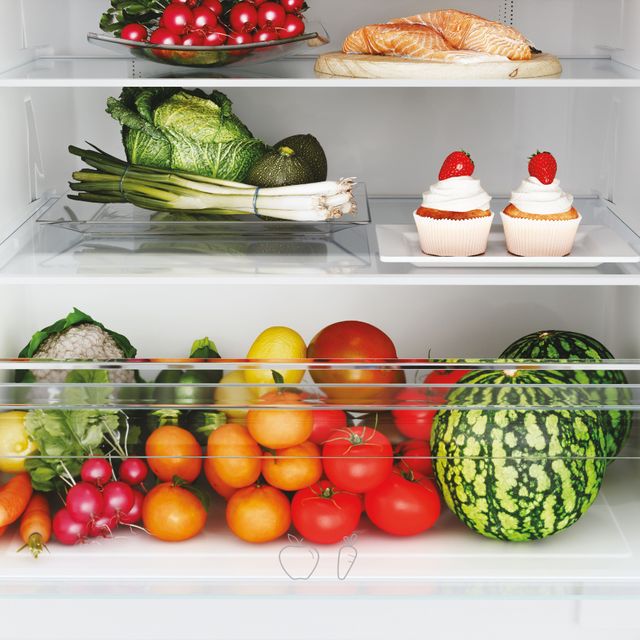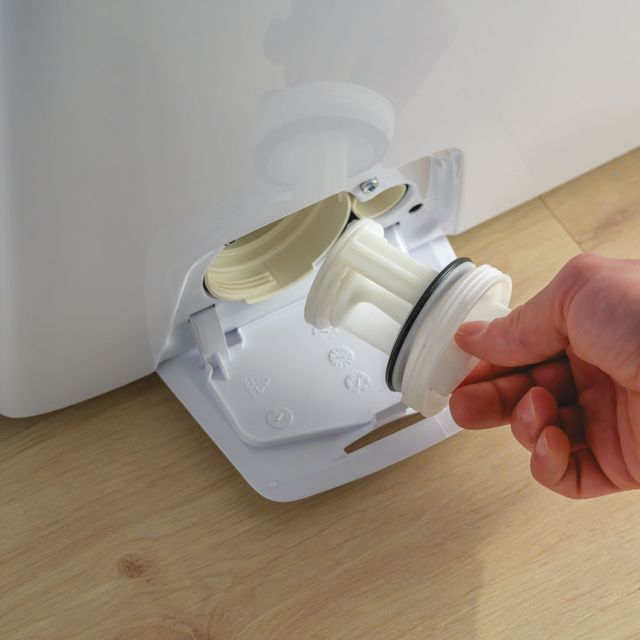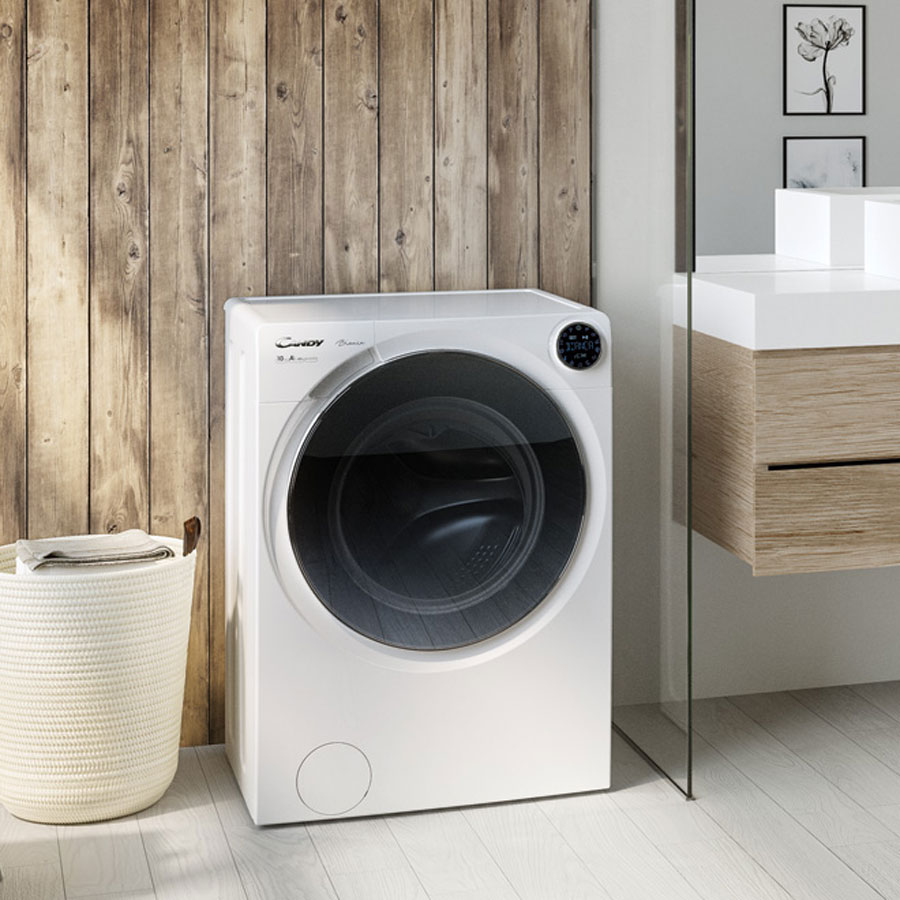Grocery shopping is very much a variable activity, which is largely dependent on social status and individual lifestyles: couples, singles, families with children, pensioners, full-time or part-time workers, these are all characteristics that inevitably have an impact on when we shop and on how much time and money we dedicate to doing so. That said, if grocery shopping is done intelligently and with a keen eye on prices and offers, you can make some significant savings come the end of the month.
Here’s a few general tips that apply to all and everyone:
- always make a shopping list;
- compare prices between stores and supermarkets, perhaps by studying the various leaflets received;
- make sure you have your loyalty card on you if shopping in a supermarket;
- read the labels, paying close attention to the quality of the products and expiry dates;
- pay attention to offers and discounts;
- check everything in your basket/trolley before paying: have you picked up everything or is something missing?
Smart grocery shopping: how it's done
One of the best ways to shop intelligently is to stick as closely as possible to your shopping list: in doing so, you’ll avoid superfluous purchases and any subsequent waste. When it comes to two identical products, it’s good practice to check whether or not there are any purchasing conditions that make one item more advantageous than the other (lower price, greater quantity, combinable offers, longer expiry dates and so on..).
Avoid impulse buys of products that are unlikely to be consumed; this isn't just common sense but it's also the most important rule for wrapping up your grocery shopping intelligently and saving money.
Grocery shopping: how to save
The logistics and positioning of similar products in the layouts of our supermarkets have all been meticulously designed by marketing professionals. The fruit and vegetable department is often close to the entrance, to give the immediate idea of cleanliness and freshness, while chewing gum, chocolate eggs, sweets and mobile top-ups are typically positioned at the tills, as you may decide to purchase something else as you wait. Moreover, items for children are placed at eye level to attract their attention... shop without the kids!
Taking advantage of typical human behaviours, even the positioning of products on the shelves is far from casual: in western society, we read from left to right, so the most expensive products are usually positioned in the top-left and the least expensive in the bottom-right. This technique is also aimed at another type of shopper, most commonly men between the ages of 20 and 50, who want to get in and out of the supermarket as soon as possible. These people tend to purchase the first product that catches their eye and this just happens to be conveniently positioned in the top-left!
It goes without saying that being in a hurry is an absolute no-no for targeted and mindful shopping, so as to avoid arriving at the till with a basket full of superfluous and expensive items. Seeking out the best products based on their quality/price ratio is one of the most intelligent things that you can do.
Last but not least, we have one final piece of advice: when it comes to purchasing fruit and vegetables, respect the seasonality of the produce. Buying seasonal fruit and vegetables is advantageous as the prices per kilo are substantially lower compared to the prices of out-of-season foodstuff.
Grocery shopping: must-haves
When we shop, there are inevitably items that we always have to purchase to avoid an empty fridge and ensure that we are prepared in the event of surprise visits from family and/or friends.
For those who shop on a day-to-day basis, bread is usually one of these items that’s always on the shopping list. Other items to have in and that should be purchased with as long an expiry date as possible, include:
- pasta (always have at least a kilo available for emergencies);
- various condiments;
- aperitif-friendly items (drinks, crisps and snacks in general);
- fresh or long-life milk;
- coffee;
- frozen items (meat, vegetables).




